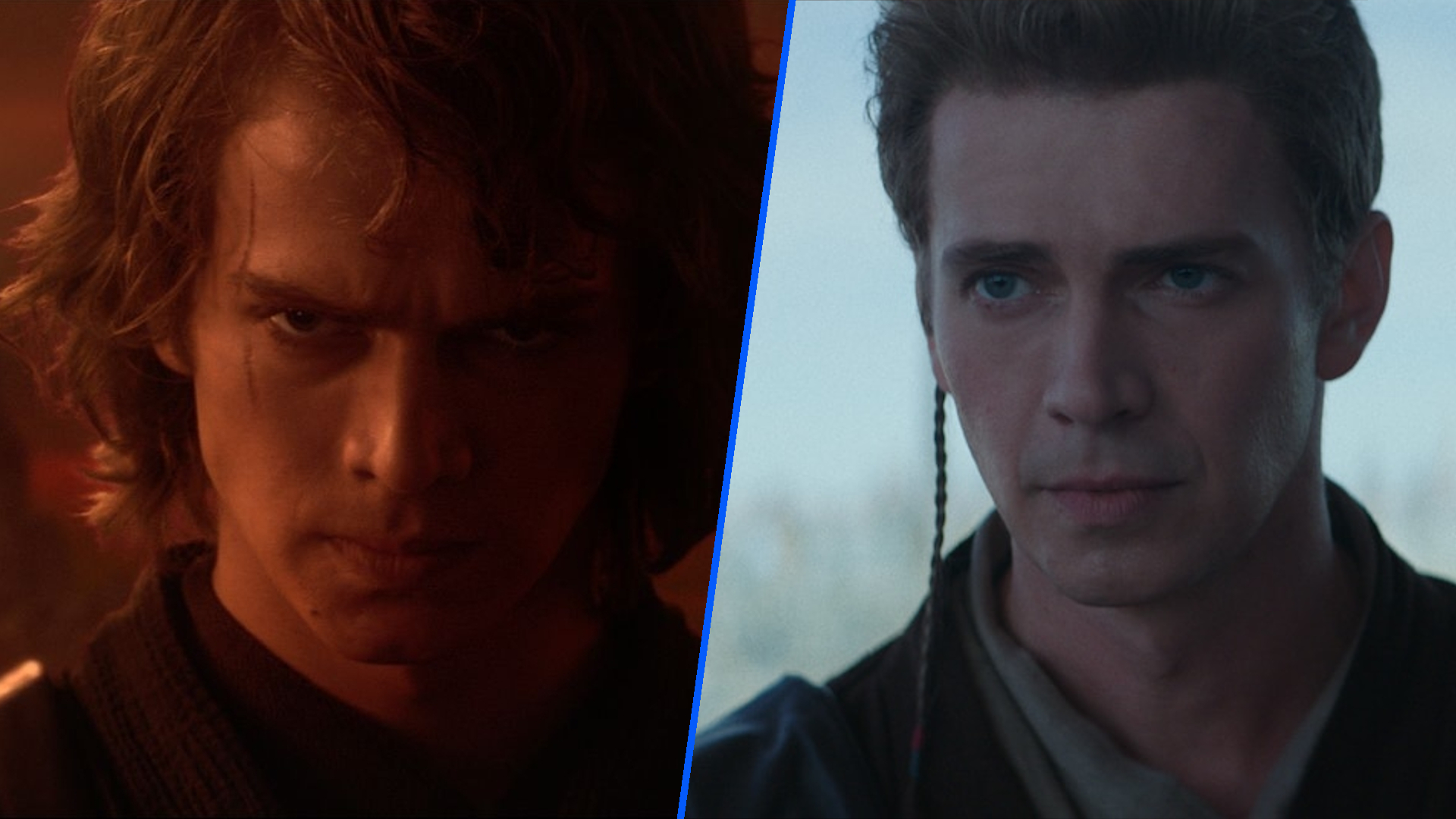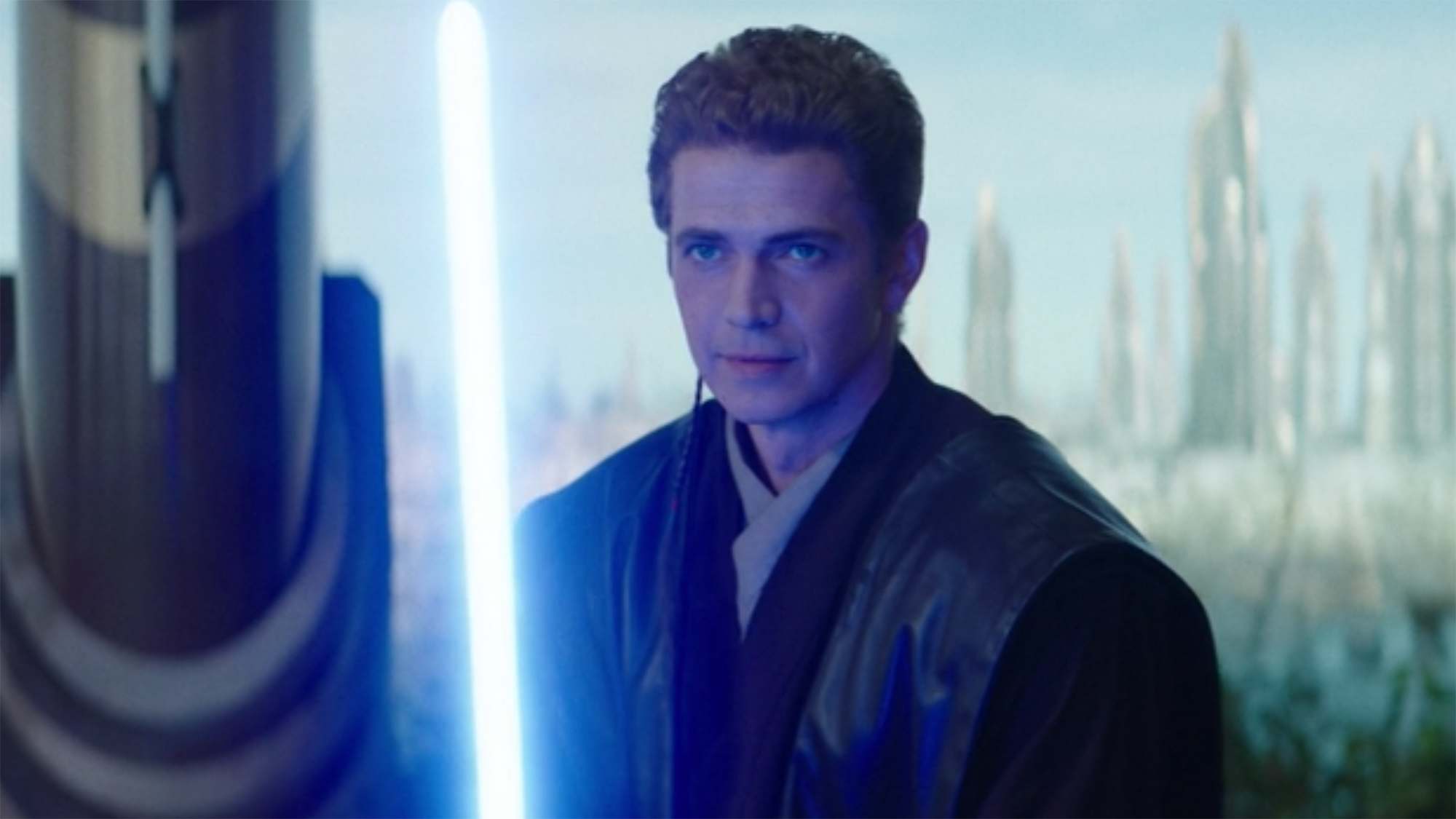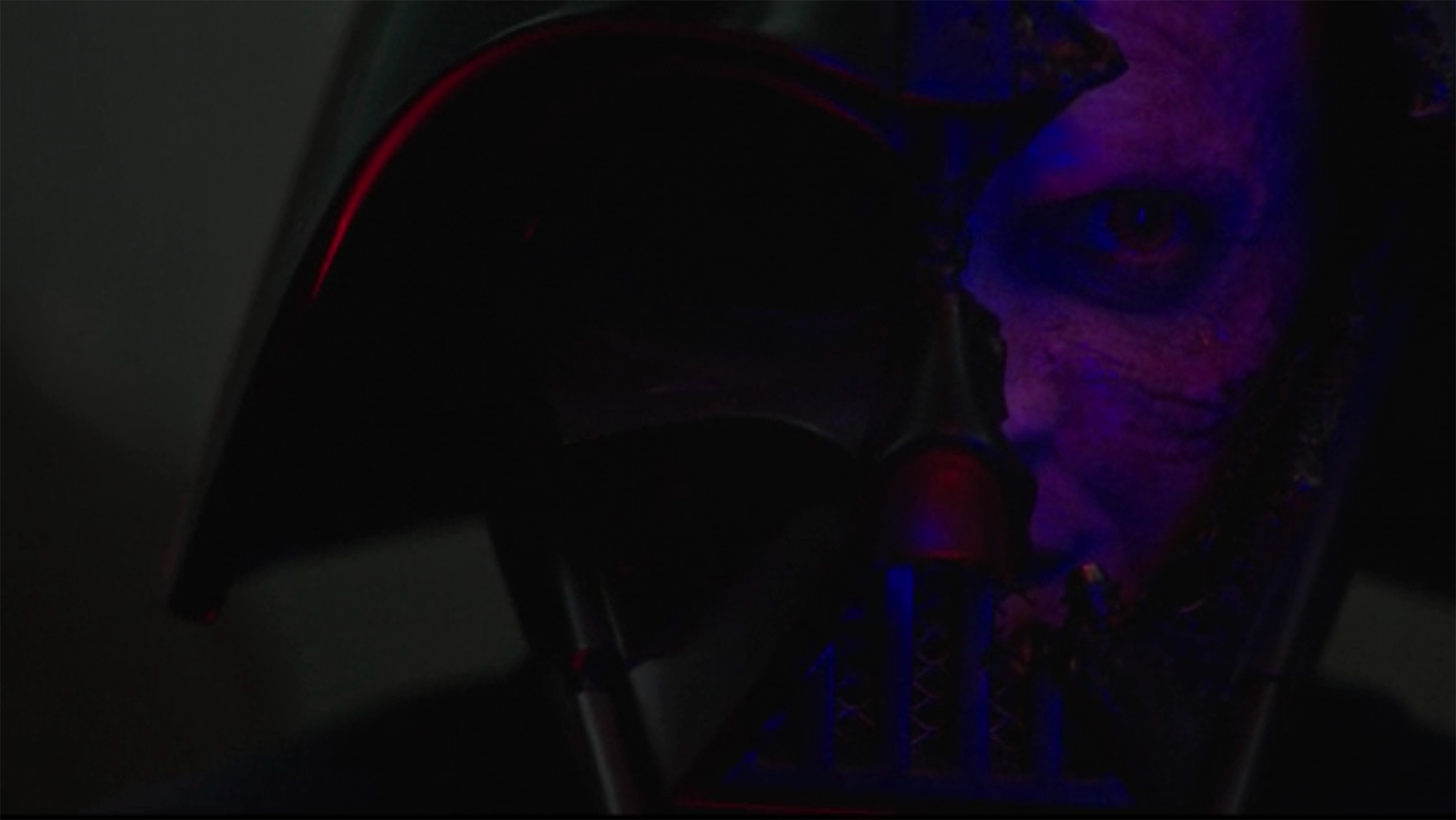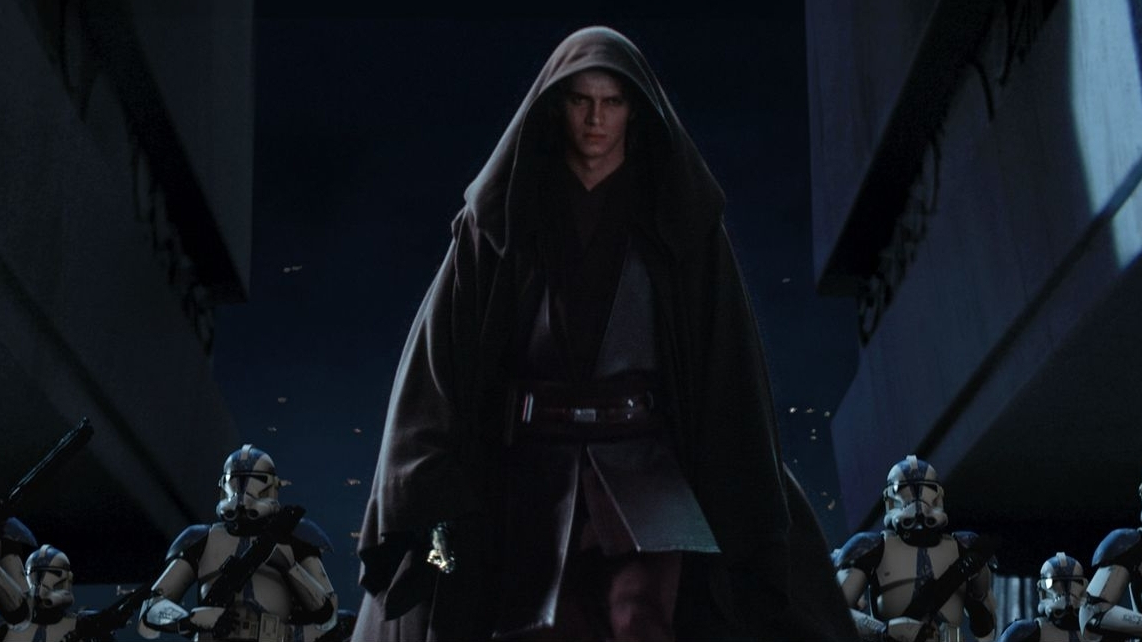Rethinking Anakin Skywalker: How Star Wars has failed to properly explore its most significant character
Anakin is the center of the Star Wars saga, but we don't think his character has been used to its fullest.

There is a scene in Attack of the Clones that shows early how conflicted the prophesied one is. During a scene where Anakin is alone with Padme, as they prepare to leave for Naboo, the padawan is considering his master Obi-Wan: “[he’s] as wise as Master Yoda and as powerful as Master Windu,” he says, while Force levitating a stone. But very quickly he veers off and rants about his mentor, about how he’s holding him back. It’s this combination of tenderness and pridefulness that is just so Anakin.
Hayden Christensen’s performance as Anakin was derided at the time: considered somewhat wooden and unskilled, and watching it today it can seem his face never quite matches with his eyes. Indeed, our own Star Wars movies, ranked guide has the three prequels down at the bottom. Yet, with the long years that have passed, retrospect has changed things and transmuted opinion. Because, my goodness, does Anakin Skywalker have feelings. He has so many emotions. An actor less wooden could’ve chewed the scenery trying to emote that much.
It was great to see Christensen back in the role in the Disney Plus series Obi-Wan Kenobi. While some fans found it too slow and plodding to begin with, I enjoyed the texture, the time to be alone with McGregor’s dour face, and the gloomy atmosphere. I too felt the self-imposed loneliness, the stoicism barely covering the guilt and the grief. But it was the ending that was truly spectacular. Most of all, one image from the series has stayed with me, haunting my mind like a Sith mind trick. It occurs in the finale.

After Obi-Wan has started to dwell less on the past and live more in the present, thanks to the sprightly young Leia, and begun to cast aside his guilt, his powers return; nay, he even appears to grow stronger. At the showdown with his former padawan in the Obi-Wan Kenobi finale, he is able to defeat the powerful Skywalker, not only with his greater canniness, but with his Force strengths. Darth Vader’s mask is broken and we can see inside, peering at a face and hearing a voice that is still undeniably Anakin yet corrupted into Vader.
“You didn’t kill Anakin Skywalker… I did,” he says, chillingly. Christensen delivers the line with a crazed glint in his eye, and a twisted smile. Praise too must go to Ewan McGregor, for the intensity of this scene, as he apologizes to Anakin, before realizing how far gone his former apprentice truly is, after he utters that line.
Anakin Skywalker is Star Wars’ foundational character: the protagonist/antagonist whose character arc dictates the big, booming story beats of the saga. Yet this great villain hasn’t been explored properly by successive scripts.

In the original trilogy, he is a “Big Bad” while his former self is alluded to, as we discover he is Luke’s father. In the prequel trilogy, we were promised the background to Darth Vader, with Lucas wanting to show how he was once just an innocent kid, while plotting his descent into the Dark Side. But there is a disconnect. After he is christened Darth Vader by Sheev Palpatine, Anakin commits truly terrible deeds. Yet we are informed that “there is still good in him”. Padme believes it, before she dies, and in the story this is what we, the audience, are led to believe, that he still possesses goodness.
Breaking space news, the latest updates on rocket launches, skywatching events and more!
And yet, in the Obi-Wan Kenobi series, we see how evil Darth Vader truly is, as he murders villagers, and just how corrupted Anakin has become. It is hard to see the good in Vader. Anakin is gone, Darth Vader is what remains. But in Return of the Jedi, he has what seems a sudden change of heart and decides to overthrow Palpatine at the last minute. We’ve been told there is goodness inside of him and this act confirms it. But this is not enough, quite frankly. It’s a little too easy. It’s an act that needs expanding, beyond Padme’s last words in Return of the Sith.
Star Wars could investigate further the buried goodness in Vader. The conflict inside him. The dramatic potential remains. Perhaps we could skip forward in time, with another series, and see some character development, some hint the Light Side is deep inside, rather than just being told this. The duality of Anakin Skywalker/Darth Vade is emblematic of the duality of the Star Wars universe, with the beliefs of Light and Dark, Jedi and Sith.
Anakin traverses these two binary sides and eventually comes to (somewhat) redeem himself. He is the father of Luke and Leia, but he is the one who saves the day, helped by Luke, as his conscience finally catches up with him. The whole franchise appears to have forgotten that this layered character, evil yet with a glimmer of good, is its savior. It’s even somewhat disturbing, to overthink it, but this creation is what underpins the saga.

One plot point does however hold the key to Anakin’s evil deeds and eventual redemption. It occurs in Attack of the Clones (perhaps this movie too needs to be reevaluated) when he decides to leave Naboo and travels to Tatooine for his mother, Shmi. There he finds that she has been taken by Tusken raiders. He locates her but just as he saves her she dies in his arms. Watch it again: it is a devastating death. This lonely, tender, sensitive boy needed her. Grief can affect people badly and his pride cannot let go of the helplessness he felt in preventing her death. For Anakin, it is the triggering event in his life. His journey to the Dark Side begins there.
Skipping forward many years, to the timeline of the original trilogy, and Darth Vader is evil incarnate. We watch him oversee the destruction of entire worlds. But when he learns that he is not the only Skywalker in the world, that he is no longer alone, something begins to surface in him. Later, as he watches Luke being zapped with Force Lightning by Emperor Palpatine, perhaps an image of his mother flashes before him. Maybe he remembers that young Anakin trying to save his loved one, his family, even as he had to watch her die. Before his eyes another member of his family, his son, is dying. He has a chance to save Luke Skywalker and Anakin remembers himself.
All this emotional and moral intensity is not explored enough in Star Wars, but in Obi-Wan Kenobi we got a fevered glimpse of this, over the series, and especially during the finale as we see the Dark all but extinguish the Light. Anakin Skywalker casts a large shadow over this franchise, but it feels like it has yet to fully develop his character. Darth Vader still looms above, larger than life.
If you want to follow Anakin's journey through then our guide to the Star Wars movies in order will help you out. As to where you can watch them, it's Disney+ for everything Star Wars these days.
Lu-Hai Liang is a British Chinese writer and reporter. He has a degree in multimedia journalism and has written about culture for The Atlantic, BBC, CNN, Eurogamer, IGN, and Wired among others. He was based previously in Beijing for six years and reported on China’s changing society and development in business and technology. Generally, he likes sci-fi, video games, and space.
